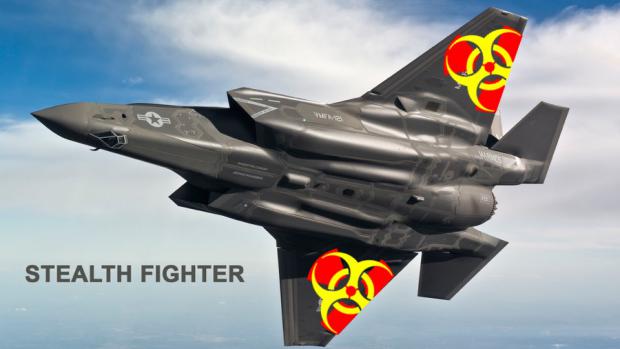
Breaking News
 2 Hours of Retro Sci-Fi Christmas Songs | Atomic-Age Christmas at a Snowy Ski Resort
2 Hours of Retro Sci-Fi Christmas Songs | Atomic-Age Christmas at a Snowy Ski Resort
 Alternative Ways to Buy Farmland
Alternative Ways to Buy Farmland
 LED lights are DEVASTATING our bodies, here's why | Redacted w Clayton Morris
LED lights are DEVASTATING our bodies, here's why | Redacted w Clayton Morris
Top Tech News
 Travel gadget promises to dry and iron your clothes – totally hands-free
Travel gadget promises to dry and iron your clothes – totally hands-free
 Perfect Aircrete, Kitchen Ingredients.
Perfect Aircrete, Kitchen Ingredients.
 Futuristic pixel-raising display lets you feel what's onscreen
Futuristic pixel-raising display lets you feel what's onscreen
 Cutting-Edge Facility Generates Pure Water and Hydrogen Fuel from Seawater for Mere Pennies
Cutting-Edge Facility Generates Pure Water and Hydrogen Fuel from Seawater for Mere Pennies
 This tiny dev board is packed with features for ambitious makers
This tiny dev board is packed with features for ambitious makers
 Scientists Discover Gel to Regrow Tooth Enamel
Scientists Discover Gel to Regrow Tooth Enamel
 Vitamin C and Dandelion Root Killing Cancer Cells -- as Former CDC Director Calls for COVID-19...
Vitamin C and Dandelion Root Killing Cancer Cells -- as Former CDC Director Calls for COVID-19...
 Galactic Brain: US firm plans space-based data centers, power grid to challenge China
Galactic Brain: US firm plans space-based data centers, power grid to challenge China
 A microbial cleanup for glyphosate just earned a patent. Here's why that matters
A microbial cleanup for glyphosate just earned a patent. Here's why that matters
 Japan Breaks Internet Speed Record with 5 Million Times Faster Data Transfer
Japan Breaks Internet Speed Record with 5 Million Times Faster Data Transfer
Lockheed Martin Patents Nuclear Fusion-Powered Fighter Jet

The Maryland-based defense contractor recently obtained a patent associated with its design for a fully compact fusion reactor, after filing for the patent in 2014.
If the latest patent from the defense company serves as a benchmark, nuclear fusion technology could revolutionize the aeronautic industry and eventually begin the quantum leap from fossil fuels to compact fusion reactors for the industry.
According to CBS Washington, the prototype system would be the size of a normal shipping container but capable of producing enough energy to power 80,000 residential homes or a Nimitz-class aircraft carrier, sometime in the next year or so.
The patent, tilted "Encapsulating Magnetic Fields for Plasma Confinement," is dated Feb. 15, 2018. CBS indicates that Skunk Works, also known as Lockheed Martin's Advanced Development Programs or its advanced R&D group, has reportedly been developing the compact fusion reactor since about 2014, with latest reports suggesting the technology could be ready for production by 2019.

 $100 SILVER CONFIRMED?
$100 SILVER CONFIRMED?

